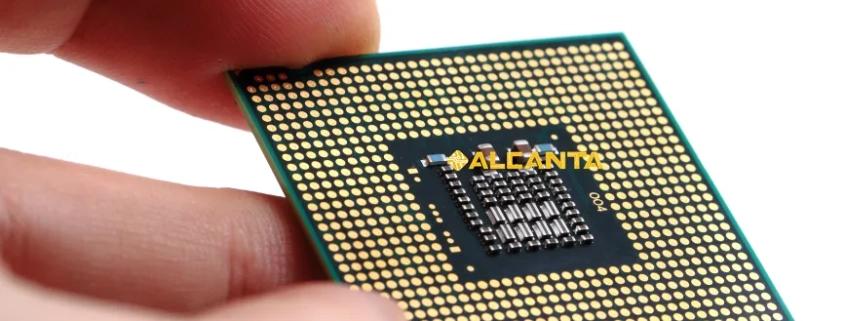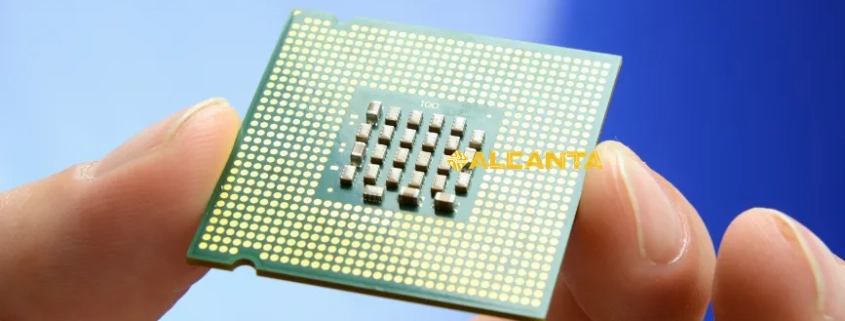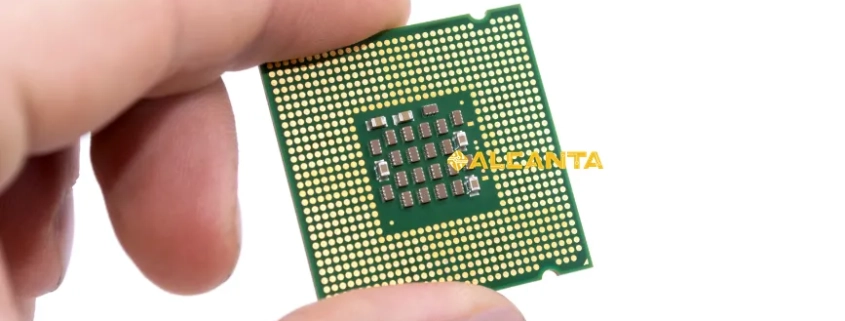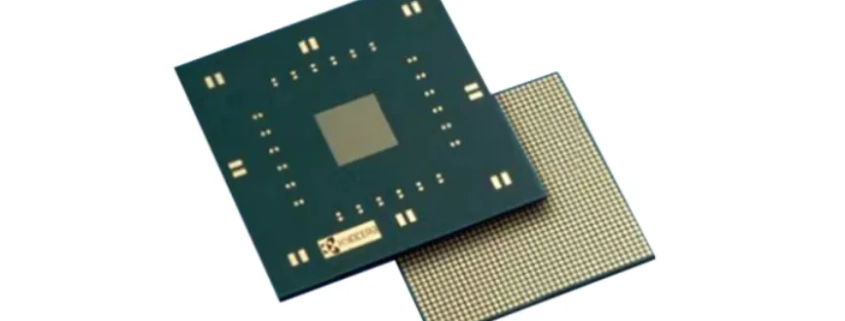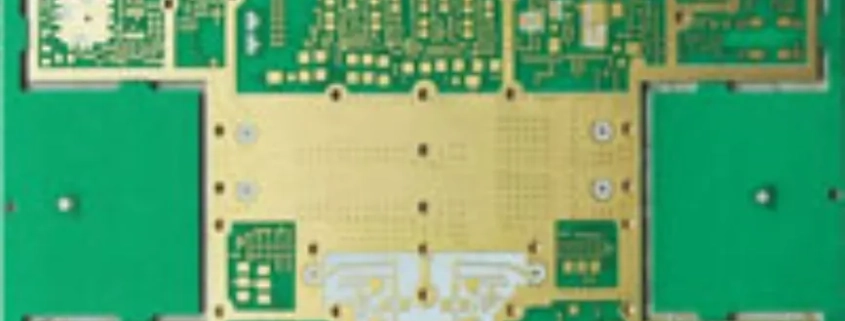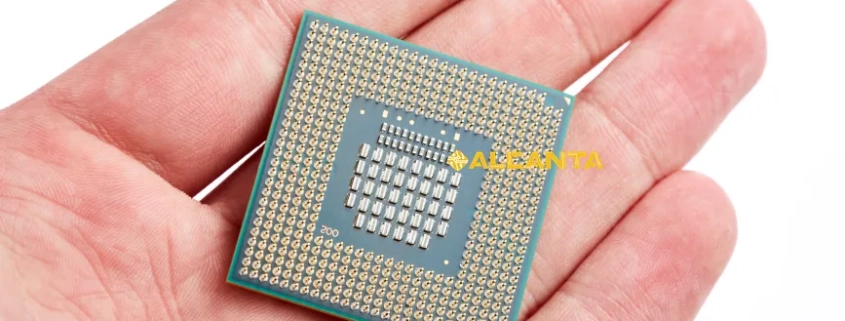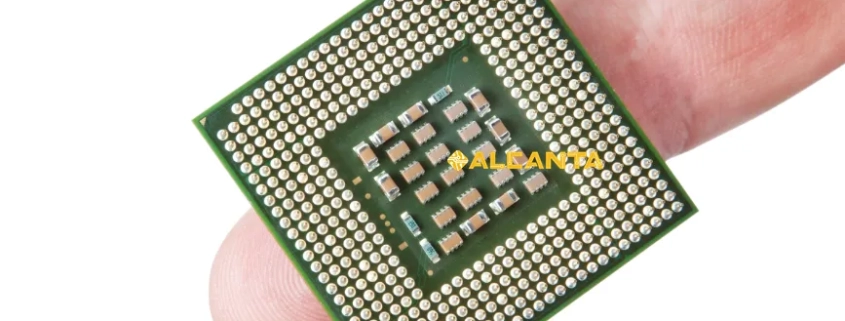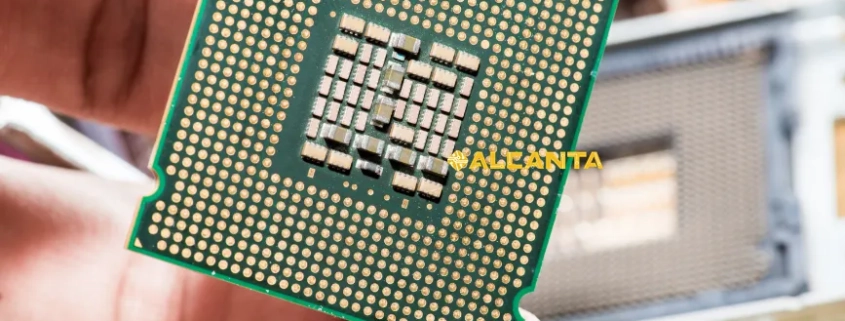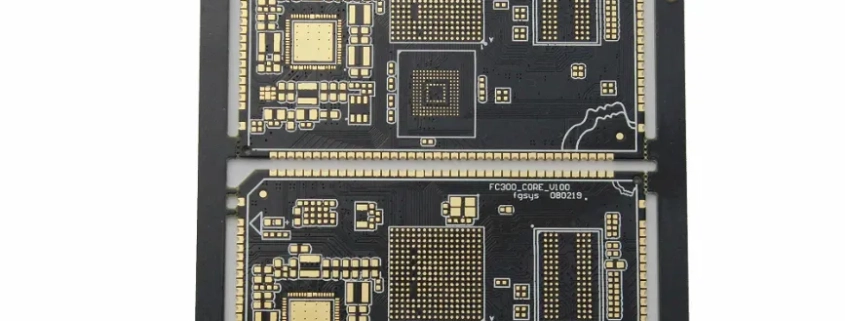PCBs serve as the backbone of electronic devices, facilitating the intricate network of connections essential for functionality. Traditionally, these boards have been reliable but have faced limitations in terms of size, density, and performance. Enter Substrate-Like PCB (SLP), a revolutionary advancement. Unlike conventional PCBs, SLP boasts superior attributes like higher component density, enhanced electrical properties, and reduced form factor. This innovation not only meets but exceeds the demands of modern electronics, enabling the creation of sleeker, more powerful devices. As high-performance electronics continue to evolve, SLP emerges as the go-to solution, driving innovation and transforming the landscape of electronic design.
阅读更多With the continuous advancement in LED lighting technology, the industry is witnessing remarkable progress in efficiency, durability, and versatility. Among the myriad of LED solutions available, Surface Mount Device (SMD) LED and Chip on Board (COB) LED emerge as two prominent contenders, each with its distinct advantages and applications. SMD LEDs, characterized by their compact size and high energy efficiency, have found widespread use in various lighting applications. On the other hand, COB LEDs, known for their superior brightness and uniform illumination, offer unique benefits particularly suited for specific lighting requirements. In this blog, we delve into a comparative analysis of these two technologies, exploring their strengths, weaknesses, and the optimal scenarios for their deployment in lighting solutions.
阅读更多Surface Mount Device (SMD) technology revolutionized electronic manufacturing by allowing components to be mounted directly onto the surface of printed circuit boards (PCBs), eliminating the need for bulky through-hole components. Diodes, fundamental semiconductor devices, play a crucial role in electronic circuits by allowing current to flow in one direction while blocking it in the reverse direction. SMD diode packages, designed for surface mounting, come in various styles and sizes, catering to diverse application needs. Understanding these packages is essential for engineers and hobbyists alike, as they form the backbone of modern electronic systems, from smartphones and computers to automotive electronics and industrial machinery. Let’s delve deeper into the world of SMD diode packages to comprehend their significance and functionality.
阅读更多The semiconductor industry has witnessed a remarkable evolution in packaging technology, driven by the incessant quest for miniaturization, performance enhancement, and system integration. Amidst this evolution, Package on Package (PoP) assembly emerges as a pioneering technique, heralding a new era of compact, high-performance integrated circuits. PoP revolutionizes traditional packaging methods by vertically stacking multiple IC packages, thereby maximizing space efficiency and enabling unprecedented levels of functionality within a constrained footprint. This innovative approach holds profound significance in the semiconductor landscape, offering a paradigm shift in enhancing the performance, functionality, and versatility of integrated circuits across diverse applications. As we delve deeper into the realm of PoP assembly, we uncover its transformative potential in shaping the future of electronics, driving innovation, and redefining the boundaries of what’s possible in semiconductor packaging.
阅读更多In the realm of electronic packaging, Flip Chip BGA Substrate stands as a pivotal innovation. Flip chip and BGA (Ball Grid Array) technologies revolutionize how electronic components are interconnected and packaged within devices. Flip chip technology involves the direct mounting of semiconductor chips onto substrates, utilizing solder bumps for electrical connections, while BGA employs a grid of solder balls beneath the chip for the same purpose. These advanced packaging methods are indispensable in modern electronics, facilitating compact designs, enhanced performance, and improved reliability. From smartphones to automotive electronics, flip chip BGA substrates find widespread applications across various industries, driving efficiency and enabling the realization of cutting-edge electronic devices. Understanding the intricacies of these technologies is fundamental for engineers and manufacturers striving to stay at the forefront of innovation in electronic packaging.
阅读更多Navigating the realm of PCB material comparison is crucial for achieving optimal circuit board design and performance. With considerations spanning cost, performance metrics, intended applications, and manufacturing requirements, selecting the right material is pivotal. The chosen PCB material significantly shapes the electrical, mechanical, and thermal properties of the board, directly influencing its functionality and reliability. Given the evolving landscape of technology and diverse application needs, the process of selecting the ideal material has become increasingly complex. Therefore, a comprehensive grasp of available options, their comparative properties, and suitability for specific applications is indispensable. This guide is designed to delve into the intricacies of PCB material comparison, offering insights and strategies to empower decision-making and elevate the efficacy of electronic designs.
阅读更多In recent years, COB LED (Chip on Board) technology has emerged as a game-changer in the realm of illumination. Unlike traditional LEDs, COB LEDs pack multiple LED chips onto a single substrate, enabling higher power density and enhanced efficiency. Their compact design and superior brightness make them indispensable in modern lighting solutions across various industries. This blog aims to delve deeper into the world of COB LED chips, exploring their applications, advantages, and considerations for optimal usage. We’ll examine the evolution of COB LED technology, its pivotal role in lighting innovation, and provide a comprehensive guide to understanding and harnessing the potential of COB LEDs. Let’s illuminate the path to brighter, more efficient lighting solutions with COB LED chips.
阅读更多Over the years, the landscape of integrated circuit (IC) packaging has undergone remarkable evolution, driven by the relentless pursuit of miniaturization, improved performance, and enhanced reliability. Traditional packaging methods, such as dual in-line packages (DIPs) and quad flat packages (QFPs), have served their purpose well but have limitations in meeting the demands of modern electronics. Enter leadless chip carriers (LCCs), a revolutionary packaging solution designed to address these limitations. LCCs represent the next generation of IC packaging, offering a compact, lightweight, and highly efficient alternative to traditional packages. In this blog, we delve into the world of LCCs, exploring their design, advantages, applications, and the future they hold in shaping the electronics industry.
阅读更多A COB LED, or Chip on Board LED, revolutionizes lighting technology. Unlike traditional LEDs, which rely on individual diodes, COB LEDs amalgamate multiple LED chips onto a singular substrate. This innovative packaging method enhances luminosity, creating a concentrated and uniform light source. COB LEDs are renowned for their efficiency and versatility, making them ideal for various applications, from indoor lighting to commercial displays. By maximizing the use of space and resources, COB LEDs represent a significant advancement in illumination technology, promising brighter, more consistent lighting solutions for a multitude of settings.
阅读更多FR4, standing for Flame Retardant 4, is a widely used material in the manufacturing of printed circuit boards (PCBs). Its versatility, durability, and excellent electrical properties make it indispensable in modern electronics. FR4 consists of layers of fiberglass cloth impregnated with epoxy resin, offering both mechanical strength and electrical insulation. PCBs made from FR4 exhibit high thermal stability, allowing them to withstand the rigors of various electronic applications. Understanding the properties and specifications of FR4 is crucial for engineers and designers aiming to optimize the performance and reliability of their electronic devices. In this exploration, we delve into the composition, properties, applications, and significance of FR4 PCB material, shedding light on its pivotal role in the electronics industry.
CONTACT US
4th Floor, A3 Building, HuaFeng Industrial Park, GuanTian Village, BeiHuan Road, ShiYan Street, Bao An District, Shenzhen City, Guangdong Province, China
Tel:086 (0)755-8524-1496
WhatsApp: 8615014077679
Skype: Henrychinasz
📧 pcb@alcantapcb.com
CONTACT US
SHIPPING
![]()
CERTIFCATION
![]()
recent articles
 Understanding the Benefits of Polyimide Flexible PCB Technology2025-06-03 - 3:17 上午
Understanding the Benefits of Polyimide Flexible PCB Technology2025-06-03 - 3:17 上午 Building a Custom Keyboard with a Keyboard Flexible PCB2025-05-30 - 3:22 上午
Building a Custom Keyboard with a Keyboard Flexible PCB2025-05-30 - 3:22 上午 Advantages of Using FPC Flexible PCB in Modern Electronics2025-05-29 - 4:20 上午
Advantages of Using FPC Flexible PCB in Modern Electronics2025-05-29 - 4:20 上午 Essential Design Guidelines for Flexible Rigid PCB Success2025-05-28 - 3:28 上午
Essential Design Guidelines for Flexible Rigid PCB Success2025-05-28 - 3:28 上午

